
Trump's not gonna protect workers from forced labor (permalink)
As fascism burns across America, it's important to remember that Trump and his policies are not popular. Sure, the racism and cruelty excites a minority of (very broken) people, but every component of the Trump agenda is extremely unpopular with the American people, from tax cuts for billionaires to kidnapping our neighbors and shipping them to concentration camps.
Keeping this fact in mind is essential if we are to nurture hope's embers, and fan them into the flames of change. Trumpism is a coalition of people who hate each other, who agree on almost nothing, whose fracture lines are one deft tap away from shattering:
https://pluralistic.net/2024/07/14/fracture-lines/#disassembly-manual
The vast unpopularity of Trumpism presents endless opportunities for breaking off parts of his coalition. Take noncompete "agreements": contractual clauses that ban workers from taking a job with any of their employers' competitors for years. One in 18 Americans has been captured by a noncompete, and the median noncompete victim is a minimum-wage fast-food worker whose small business tyrant boss wants to be sure that she doesn't quit working the register at Wendy's and start making $0.25/hour more flipping burgers at McDonald's.
The story of noncompetes is bullshit from top to bottom. The argument goes, "Your boss invests heavily in training you, and lets you in on all his valuable trade-secrets. When you walk out the door and go to work for a competitor, you're stealing all that training and knowledge. Without noncompetes, no boss will invest in the knowledge-intensive industries that are the future of our economy."
Now, like I said, the vast majority of people under noncompetes are working low-waged, menial jobs with little to no training, and no proprietary trade secrets to speak of. Which makes sense: workers with less bargaining power end up signing worse contracts. That's half the case against noncompetes.
Here's the other half: the most IP-intensive, profitable, knowledge-based industries in America operate without any noncompetes. California's state constitution bans noncompetes, which means that every worker in Hollywood and Silicon Valley is free to quit their job and walk across the street and join a rival.
If Hollywood and tech are examples of industries that "can't attract investment," then we should be shooting for every sector of the American economy to be so starved for capital. Silicon Valley's origin story is based on the ability of key workers at knowledge-intensive firms to quit their jobs and go to work for a direct competitor: the first Silicon Valley company was Shockley Semiconductors, founded by William Shockley, who won the Nobel Prize for inventing silicon transistors.
Shockley literally put the "silicon" in Silicon Valley, but he never shipped a working chip, because he was a deranged, paranoid eugenicist who ran such a dysfunctional company that eight of his top engineers quit to found a rival company, Fairchild Semiconductor. Then two of the "Traitorous Eight" quit the Fairchild to start Intel, and the year after, another Fairchild employee quit to start AMD:
https://pluralistic.net/2021/10/24/the-traitorous-eight-and-the-battle-of-germanium-valley/
This never stopped. Woz quit HP and Jobs quit Atari to start Apple and the tradition of extremely well-capitalized companies being founded by key employees who quit market-leading firms to compete with their old bosses continues to this day. There are many things we can say about AI, but no one will claim that AI companies – especially not those in California, where noncompetes are banned – have trouble attracting investment. Half of the leading AI companies were founded by people who couldn't stand working for Sam Altman at Openai and quit to found a competitor. Just last week, Altman flipped out because Mark Zuckerberg poached his key scientists to work on competing products at Meta:
Knowledge-intensive industries are provably compatible with a system of free labor where workers can work for anyone they want. You know who understands this? The lawyers who draw up employment contracts with noncompete clauses in them: the American Bar Association bans noncompetes for lawyers! Every law firm in America operates without noncompetes!
Everyone hates noncompetes. They are bullshit, and only get worse with time, as the largest companies in America metastasize into sprawling conglomerates, they compete with everyone. Who isn't a competitor of Amazon's?
https://pluralistic.net/2022/02/02/its-the-economy-stupid/#neofeudal
Biden's antitrust enforcers hated noncompetes, too. Former FTC chair Lina Khan held listening tours and solicited comments to hear workers stories about noncompetes, developing a record that she used to create a rule that banned noncompetes nationwide:
https://pluralistic.net/2024/04/25/capri-v-tapestry/#aiming-at-dollars-not-men
America's oligarchs weren't happy. They sued to overturn the rule, and got a nationwide injunction (you know, those things that Trump's illegitimate Supreme Court claims are unenforceable) that suspended the FTC rule pending a full hearing.
It's clear that Trump's FTC is going to walk away from this fight and let the rule die. Trumpism is wildly unpopular, and this is no exception. Americans overwhelmingly support banning noncompetes, but Trump's richest donors are terrified of another Great Resignation and want to keep us indentured to their shitty companies, so Trump's FTC will sell us all out.
But that's not the end of things. As David Dayen writes for The American Prospect, states and local governments can pass their own noncompete bans, and they are:
https://prospect.org/labor/2025-07-02-ftc-noncompete-state-regulation-workers-wages/
Take NYC mayor-in-waiting Zohran Mamdani: unlike Trump (and the Democratic Party's billionaire wing), Mamdani campaigned by offering to create policies that are popular, including a ban on noncompetes. New York City has two distinct groups of workers who are screwed over by noncompetes. One of those groups is Wall Street finance bros, who work for some of the most legendarily toxic assholes to ever draw breath, and are overwhelming bound by noncompetes that will all become null and void the day Mamdani dons his sash.
The other group of workers Mamdani will liberate are those at the very bottom of the income distribution, from fast food workers to gig workers to doormen, who are victims of some of the dirtiest noncompete clauses in America, including "bondage fees":
https://pluralistic.net/2023/04/21/bondage-fees/#doorman-building
Big cities are filled with workers who are getting screwed by noncompetes and every city government has it in their power to liberate every one of those workers (who are also voters).
States can do even better. There are already four states that ban noncompetes, two of them blood red: California, Minnesota, North Dakota, and Oklahoma. Other states place significant restrictions on noncompetes, including Washington, Colorado, Illinois, Virginia, Maryland, Rhode Island, New Hampshire, and Maine. Nevada bans noncompetes for hourly workers, Idaho only allows them for "key employees"; Louisiana limits noncompetes to two years, and NJ bans noncompetes for domestic workers.
Up and down the country, in states blue and red, noncompetes are unpopular, and banning noncompetes is popular:
https://www.ipsos.com/en-us/majority-americans-support-ftc-ruling-would-ban-non-compete-agreements
Oregon just banned noncompetes for doctors and other health workers, as part of a sweeping, bipartisan law that banned the "corporate practice of medicine":
https://pluralistic.net/2025/06/20/the-doctor-will-gouge-you-now/#states-rights
Oregon's in good company: noncompetes are banned in the health sector in 32 states, including Arkansas, Indiana and Colorado.
Lina Khan's FTC developed an irrefutable evidentiary record about the abusive nature of noncompetes, proving that industries can attract capital and field successful companies without them. States have it in their power to step in where Trump has betrayed American workers. This isn't the most efficient way to protect workers – that would be a federal ban on noncompetes – but it will still get the job done, and it will weaken the Trump coalition, which is barely holding together as it is.
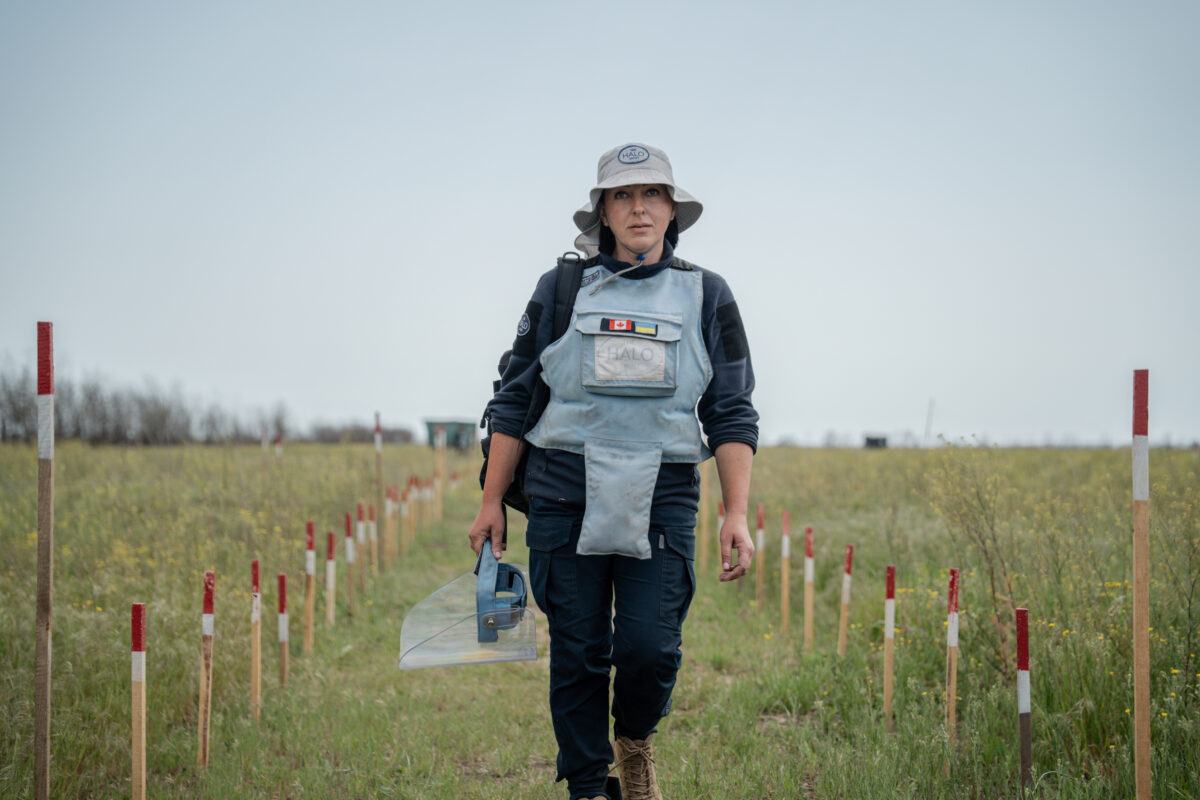 Viktoria Shynkar, 36, a HALO Trust deminer, works in a minefield near the village of Bezymenne, Mykolaiv region, on May 5, 2025, amid the Russian invasion of Ukraine. (Photo by Ivan SAMOILOV / AFP)
Viktoria Shynkar, 36, a HALO Trust deminer, works in a minefield near the village of Bezymenne, Mykolaiv region, on May 5, 2025, amid the Russian invasion of Ukraine. (Photo by Ivan SAMOILOV / AFP)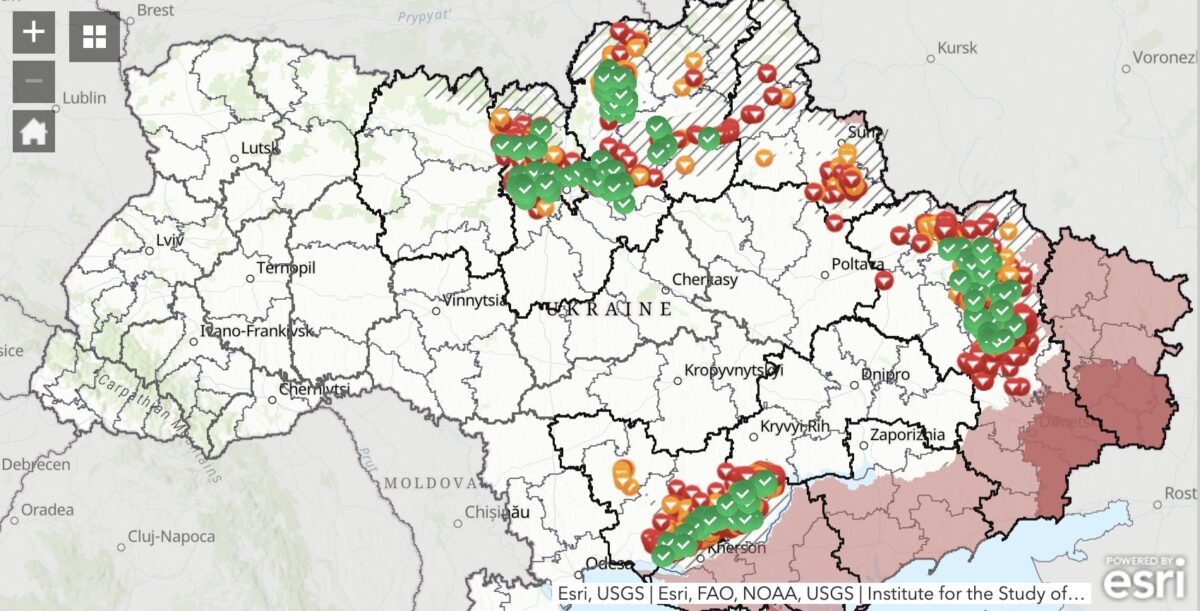 A screengrab of a map produced by Ukraine’s National Mine Action Centre (NMAC) detailing humanitarian mining activities in Ukraine. Green icons depict land that has been checked and cleared, yellow depicts suspected hazardous areas and red depicts confirmed hazardous areas.
A screengrab of a map produced by Ukraine’s National Mine Action Centre (NMAC) detailing humanitarian mining activities in Ukraine. Green icons depict land that has been checked and cleared, yellow depicts suspected hazardous areas and red depicts confirmed hazardous areas.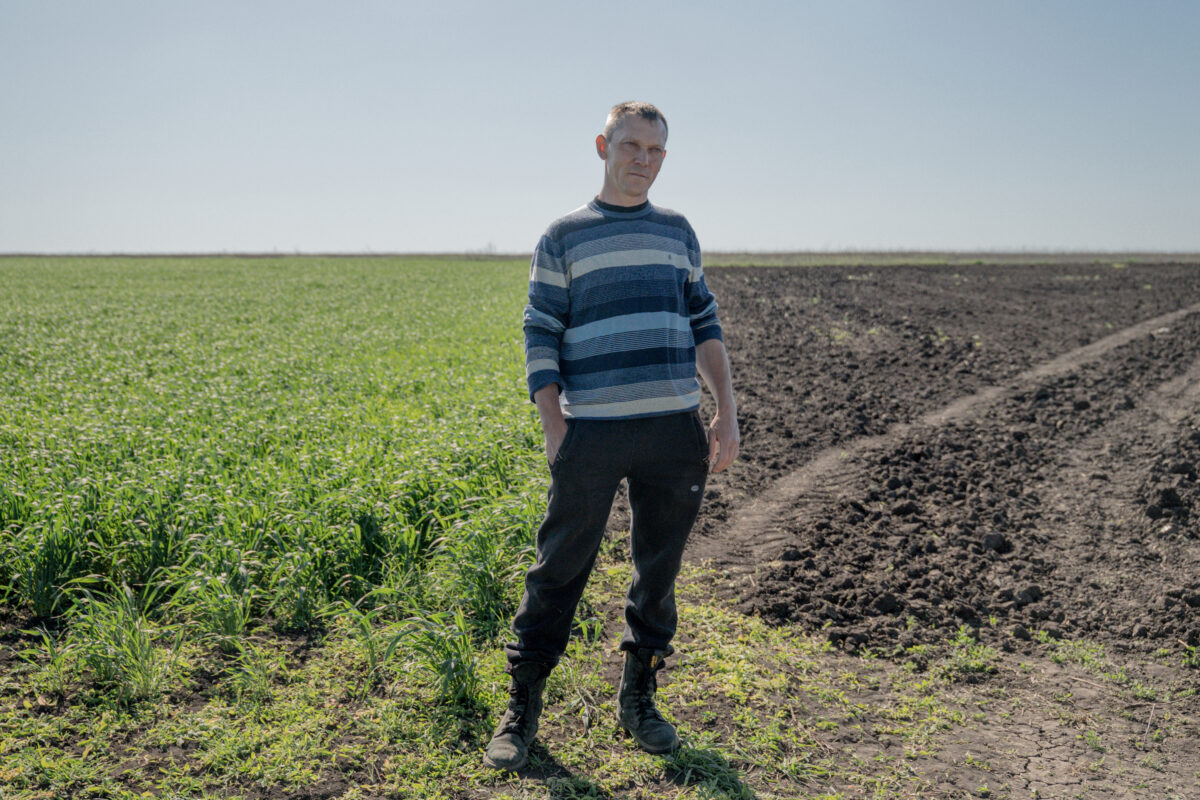 Ukrainian farmer Ihor Kniazev, 45, stands in front of his field that is divided between one that is still contaminated by landmines and one that has been decontaminated in the village of Dovhenke, Kharkiv region, on May 2, 2025, amid the Russian invasion of Ukraine. (Photo by Ivan SAMOILOV / AFP)
Ukrainian farmer Ihor Kniazev, 45, stands in front of his field that is divided between one that is still contaminated by landmines and one that has been decontaminated in the village of Dovhenke, Kharkiv region, on May 2, 2025, amid the Russian invasion of Ukraine. (Photo by Ivan SAMOILOV / AFP)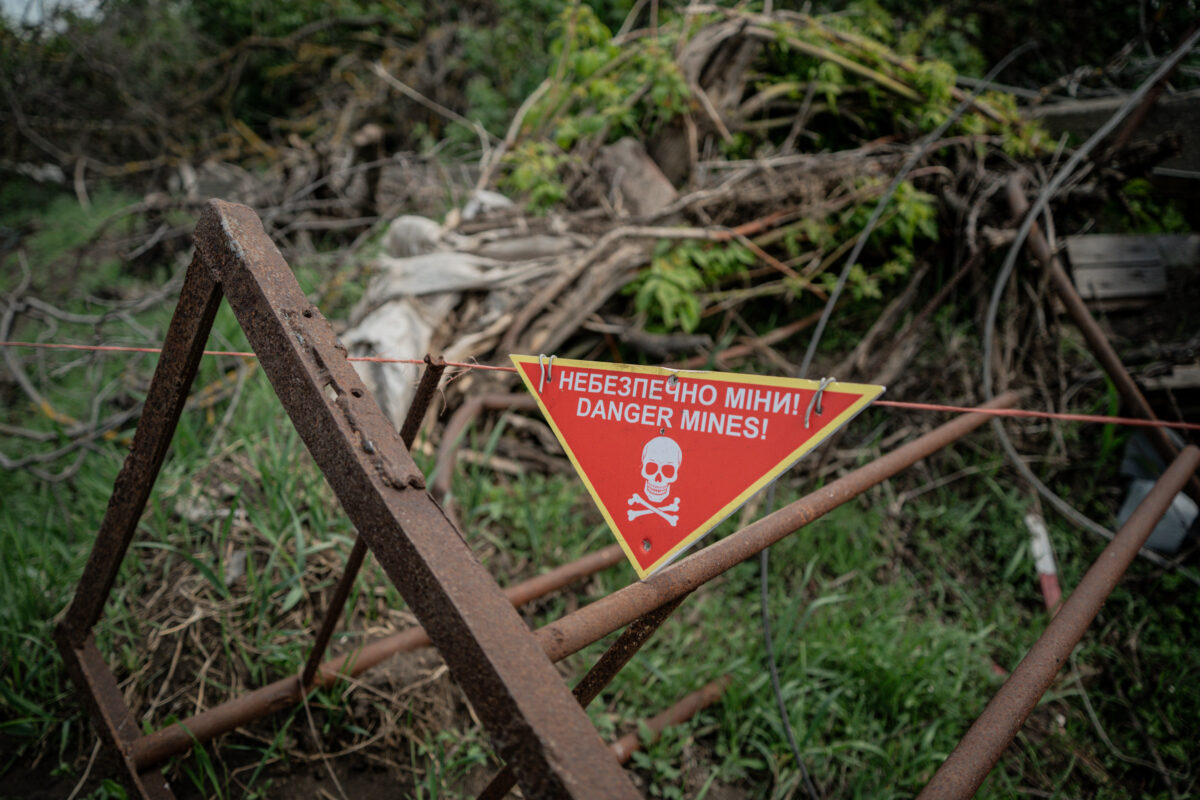 A mine warning sign is on display in the yard of the Sysenko family in the village of Kamyanka, Kharkiv region, on May 1, 2025, amid the Russian invasion of Ukraine. (Photo by Ivan SAMOILOV / AFP)
A mine warning sign is on display in the yard of the Sysenko family in the village of Kamyanka, Kharkiv region, on May 1, 2025, amid the Russian invasion of Ukraine. (Photo by Ivan SAMOILOV / AFP)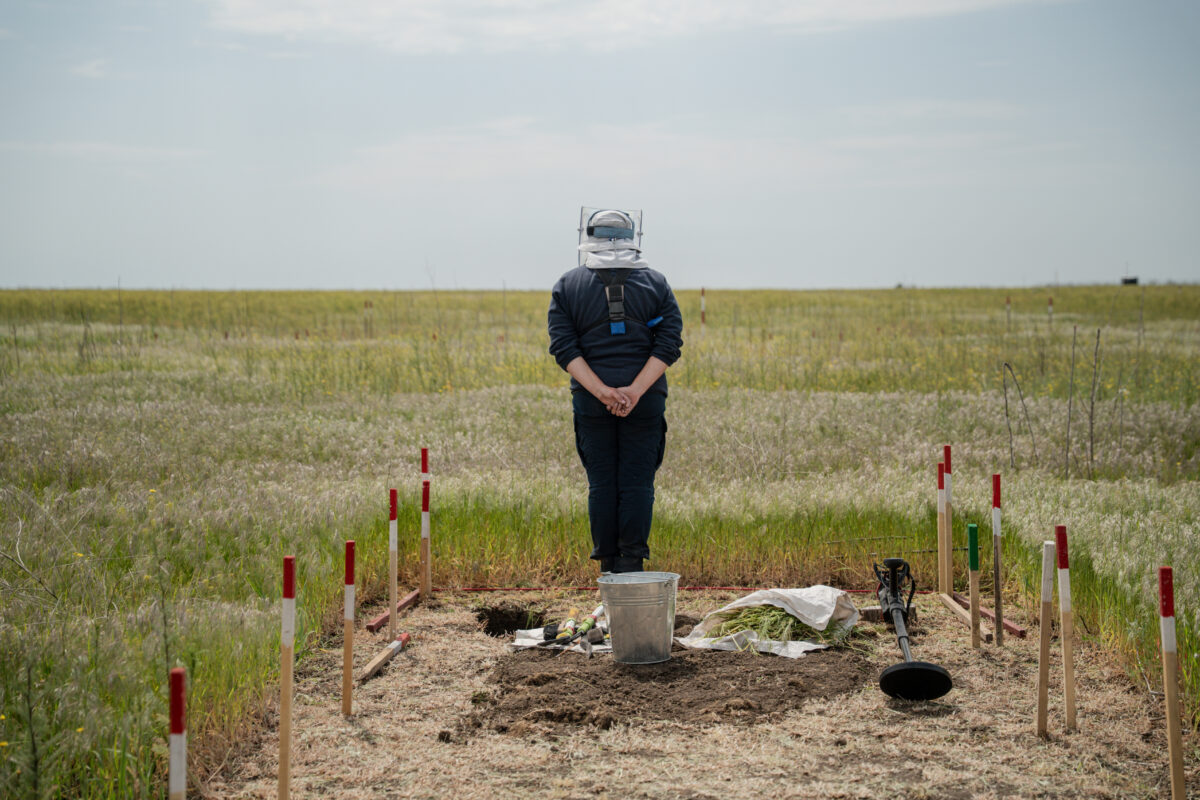 Viktoria Shynkar, 36, a HALO Trust deminer, works in a minefield near the village of Bezymenne, Mykolaiv region, on May 5, 2025, amid the Russian invasion of Ukraine. (Photo by Ivan SAMOILOV / AFP)
Viktoria Shynkar, 36, a HALO Trust deminer, works in a minefield near the village of Bezymenne, Mykolaiv region, on May 5, 2025, amid the Russian invasion of Ukraine. (Photo by Ivan SAMOILOV / AFP)
All good. Yeah, at least one person from each instance has to follow a community in order for it to go to that instance.